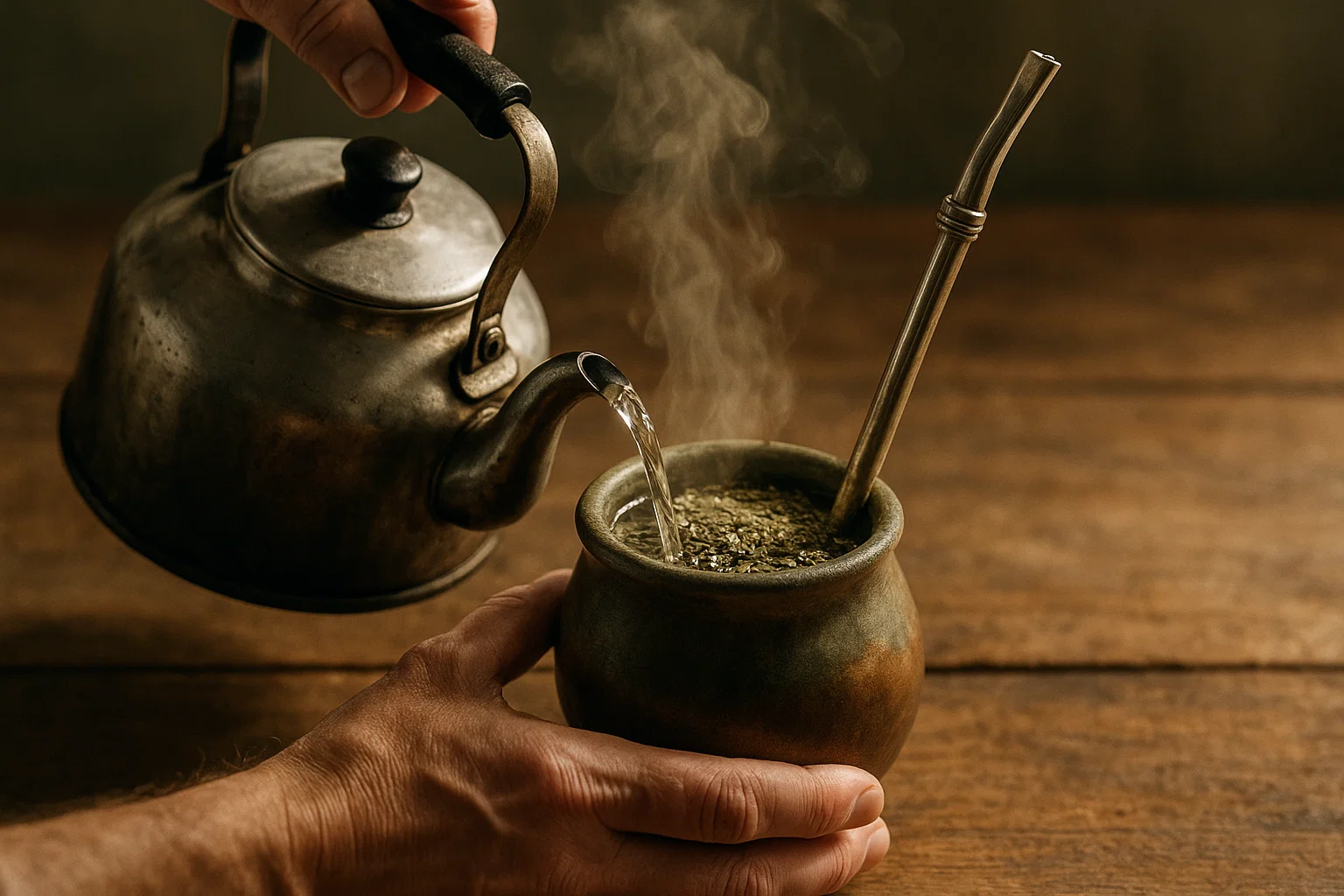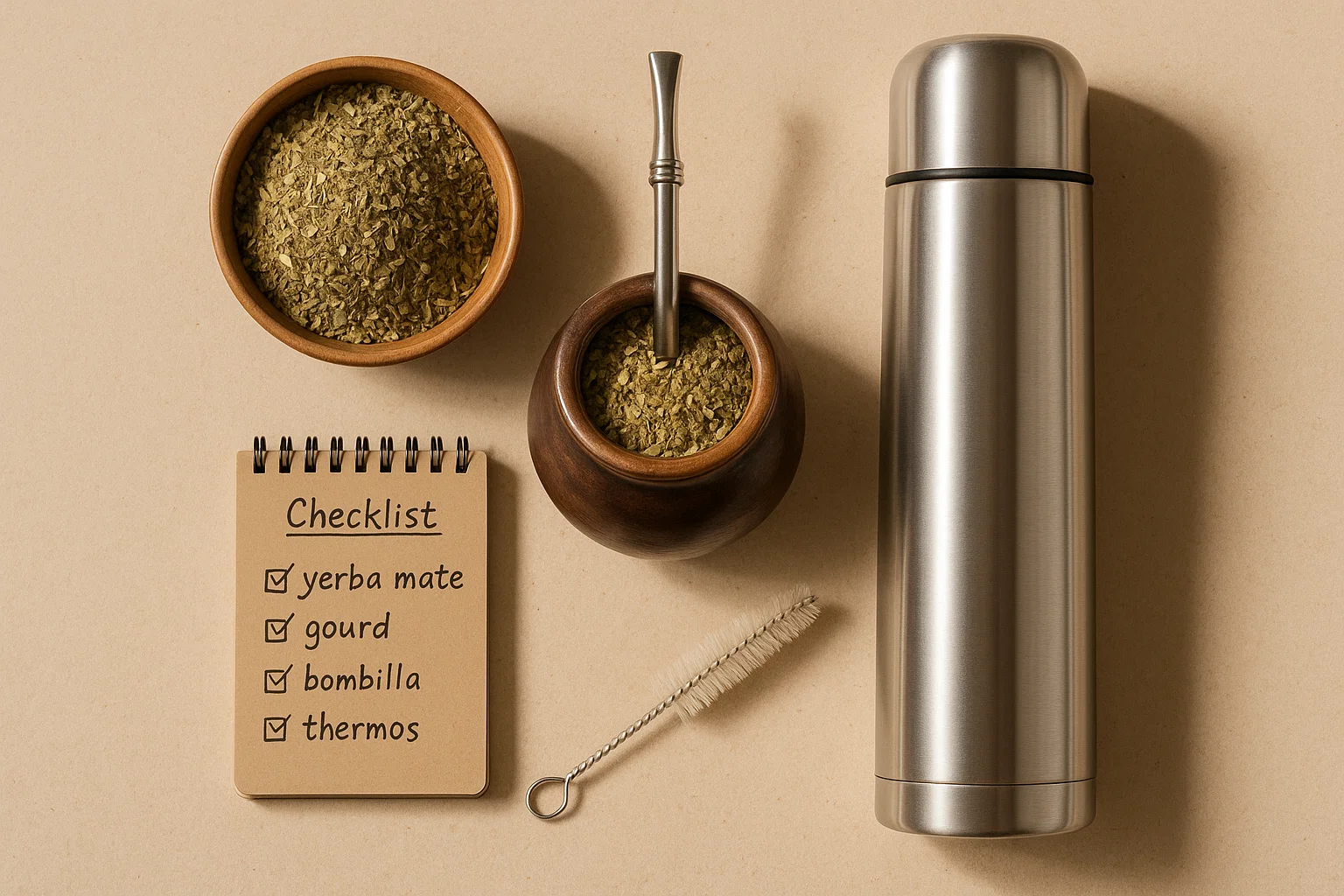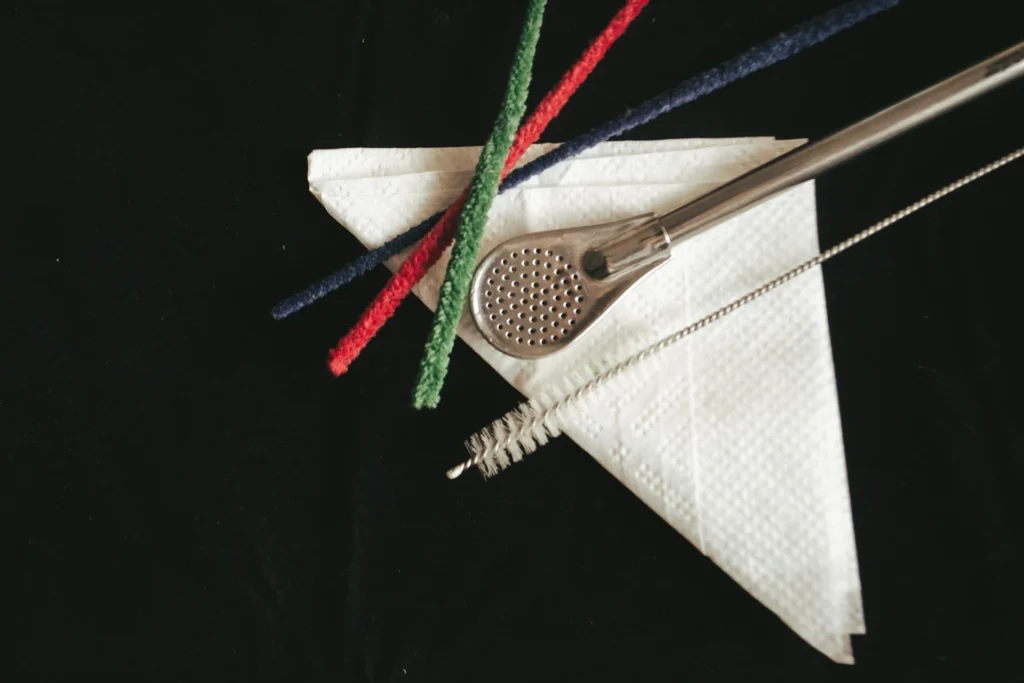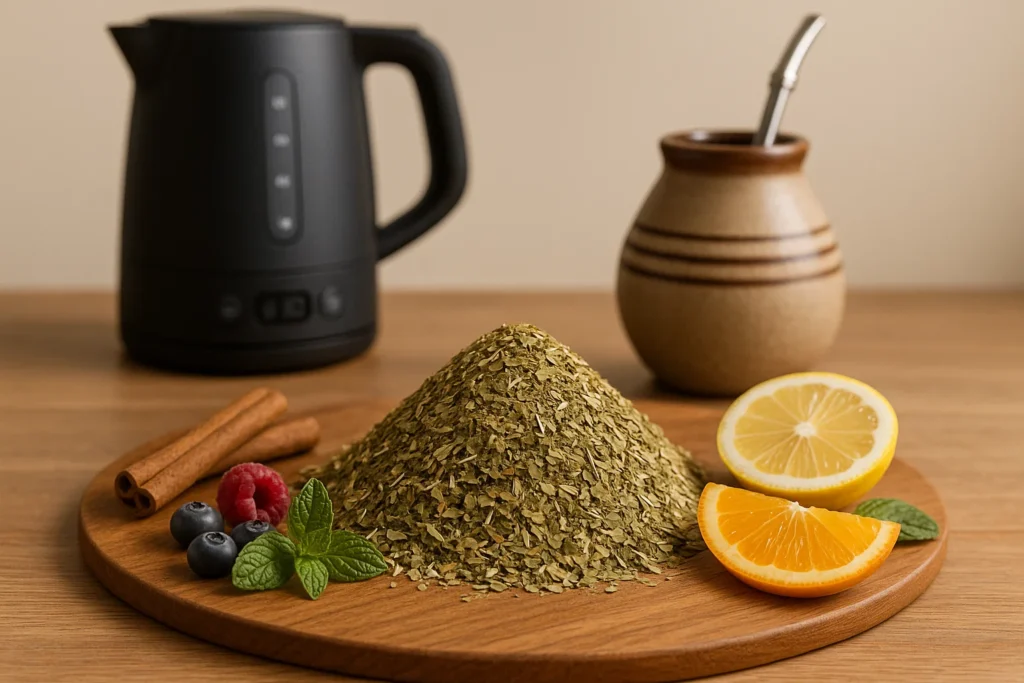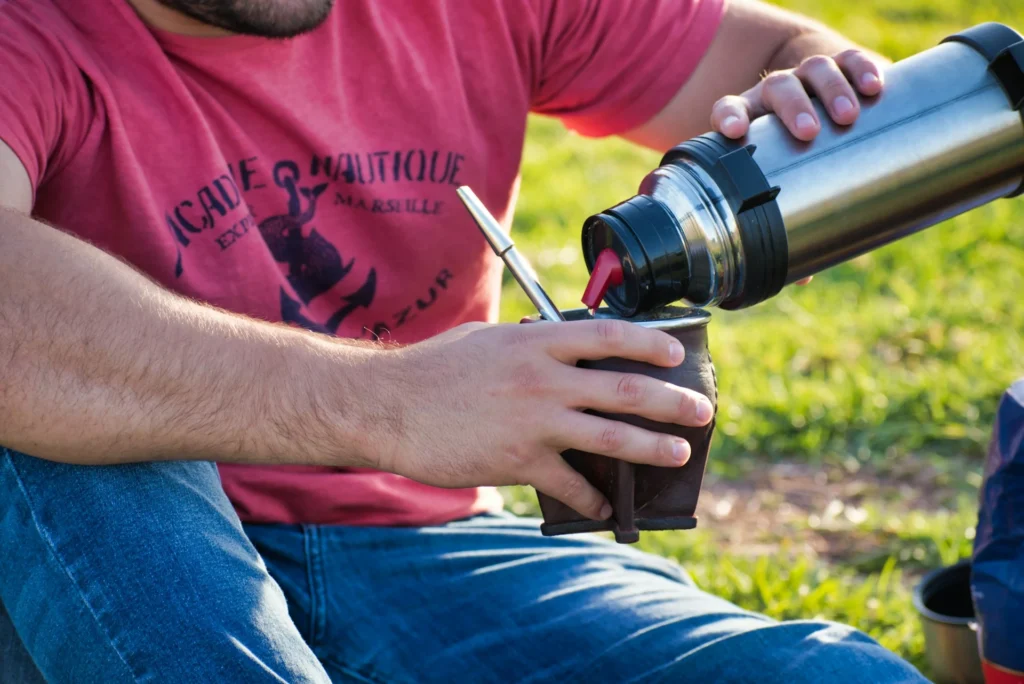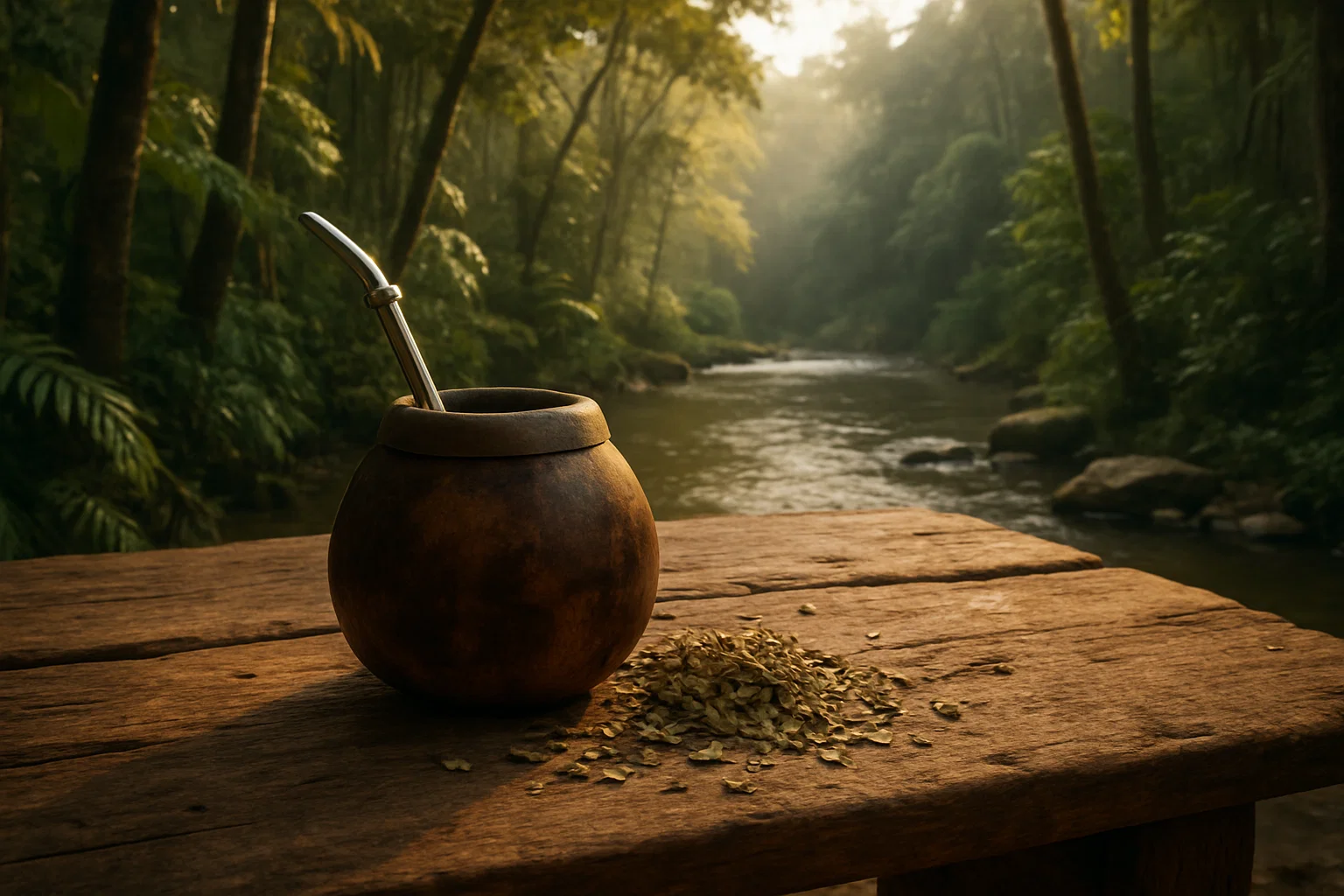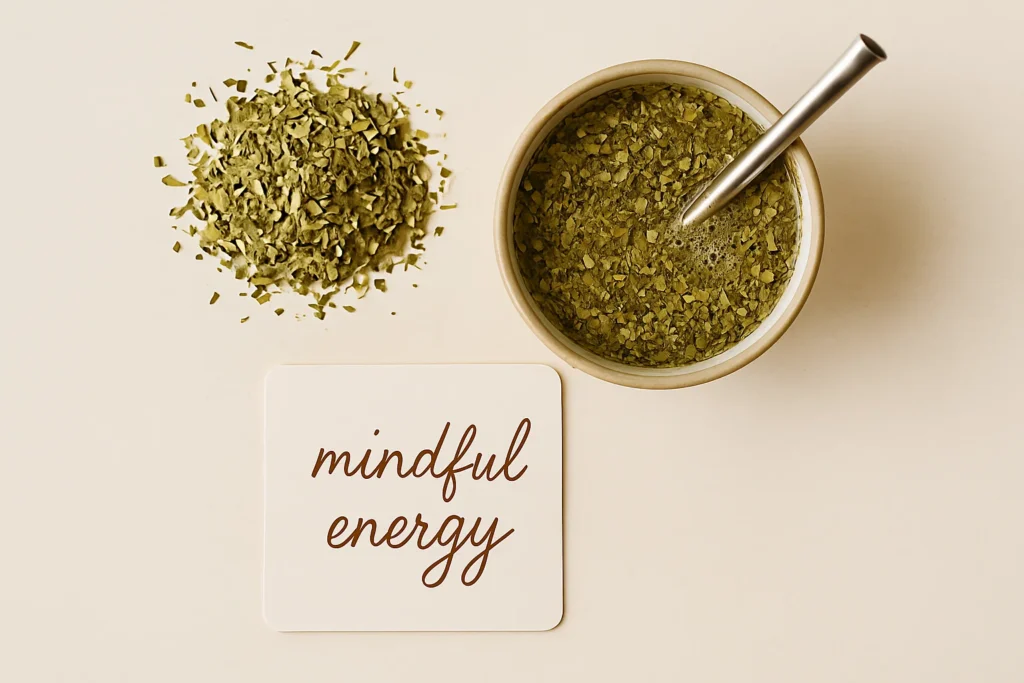So you’ve got your yerba mate and maybe even a bombilla or gourd. But here’s the question many new drinkers ask: is there only one way to drink mate?
Not at all. While the traditional method is the most authentic, there are plenty of modern, creative, and budget-friendly ways to prepare it. Whether you prefer a mindful morning ritual or a refreshing iced version for summer study sessions, there’s a mate style for everyone.
Let’s explore seven ways to enjoy yerba mate – from its South American roots to inventive modern spins.
1. The traditional mate ritual
This is the classic way to prepare mate, still the most loved across Argentina, Uruguay, and Paraguay.
You’ll need: yerba mate, a gourd (cup), a bombilla (metal straw), and hot water between 70–80°C.
Fill your gourd about three-quarters full, tilt it slightly to create a hollow, pour a little warm water to moisten the leaves, then insert your bombilla. Add hot (not boiling) water and sip slowly.
The same leaves can be refilled several times, each pour drawing out new layers of flavour. It’s earthy, herbal, and deeply grounding – perfect for study breaks or quiet mornings.
👉 For a step-by-step guide, stay tuned for our post on how to prepare the perfect mate.
2. Mate cocido (brewed like tea)
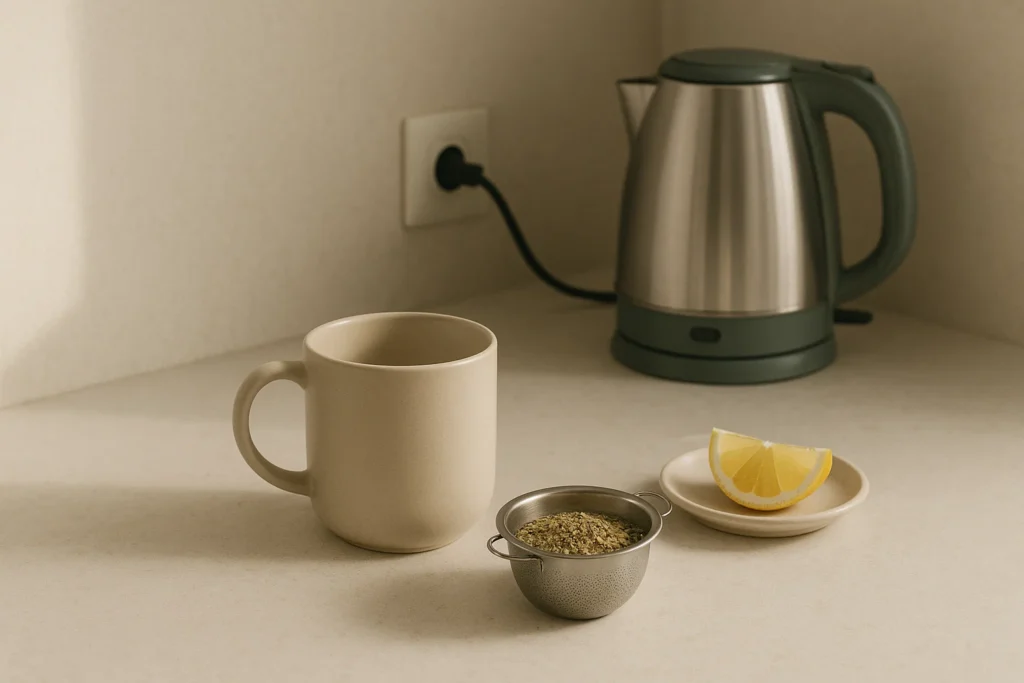
If you don’t have a gourd or bombilla yet, start with this simple method. “Mate cocido” literally means brewed mate, and it’s often prepared just like black tea.
You can use yerba mate tea bags, or steep loose yerba in a French press or tea infuser. Add hot water (around 80°C) and brew for 3–5 minutes, depending on how strong you like it.
This version has a smoother, lighter taste – great for beginners.
💡 Tip: Try it with a slice of lemon or a drizzle of honey for a refreshing, easy-to-drink twist.
3. Iced mate (tereré style)
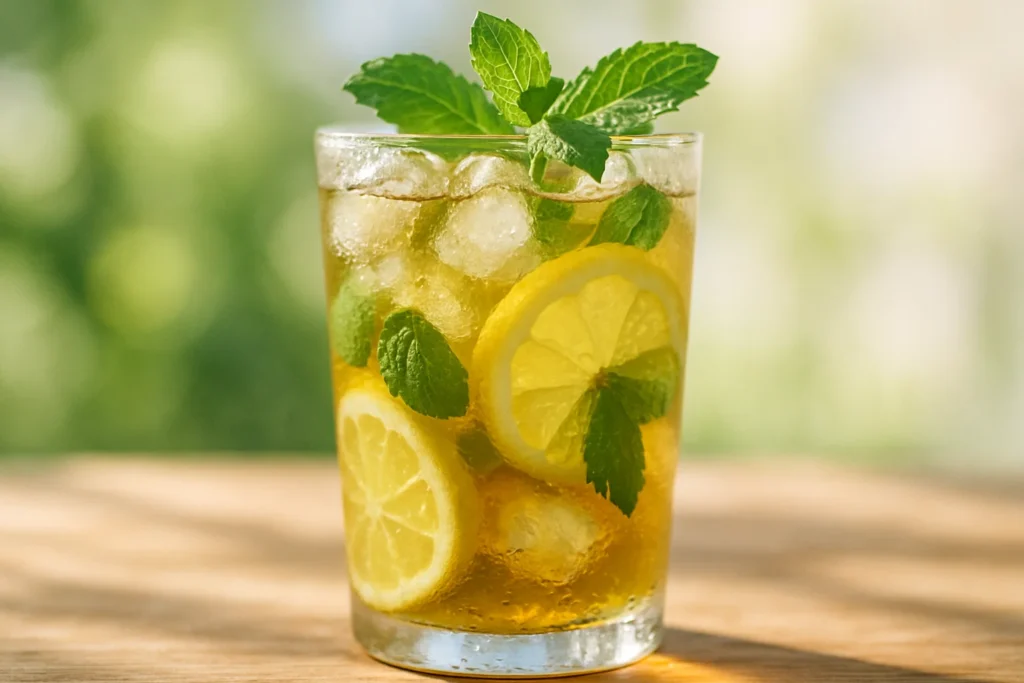
When the weather warms up, switch things up with tereré, the cold-brewed version popular in Paraguay and southern Brazil.
Simply fill a large glass or jug with yerba, add cold water, ice cubes, and flavourings like mint, lemon, or berries. Let it infuse for a few minutes before sipping.
It’s crisp, hydrating, and perfect for study sessions when you want to stay alert but not overheat.
👉 Pro tip: You can also prepare a concentrate by steeping yerba in cold water overnight, then straining and keeping it chilled in the fridge for up to two days.
4. Mate in capsules
For those who live life on the go or love convenience, there are mate capsules.
They brew a short, concentrated yerba mate infusion – slightly stronger in taste, but easy and consistent.
It’s a great option for busy mornings, giving you that gentle caffeine lift without needing a full setup.
5. Flavoured yerbas and natural additives
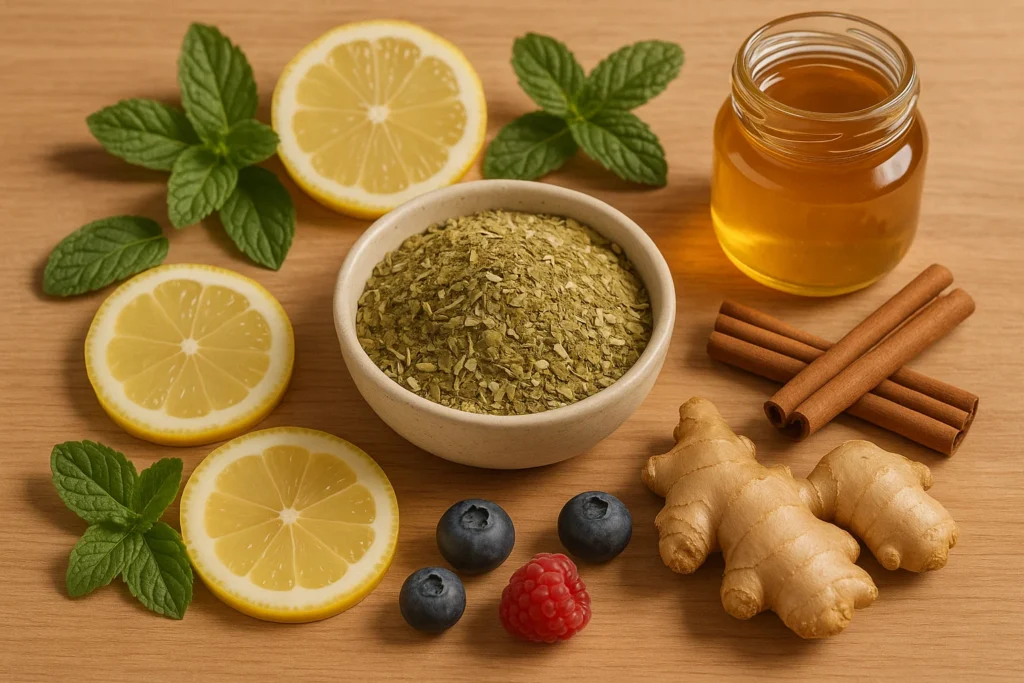
Not a fan of mate’s strong taste? Don’t worry – students and mate drinkers have been experimenting for centuries. From lemon slices to honey, or even a splash of fruit juice, there are plenty of ways to make mate smoother and more your style.
Here are some of our favourite additives and flavour boosts for yerba mate:
🌿 Citrus slices (lemon, orange, lime): brighten the flavour and add vitamin C.
🌱 Fresh herbs (mint, basil, lemon balm): cooling and refreshing – especially in iced mate (tereré).
🫚 Ginger: adds spice and a gentle immunity boost.
🍯 Honey or agave: bring a natural sweetness that cuts through the bitterness.
🌰 Cinnamon stick or clove: warm and cosy – ideal for autumn or winter study vibes.
🍹 Fruit juices (grapefruit, apple, passion fruit): commonly added to tereré (cold mate) for a fruity twist.
💐 Flavoured yerba blends: many brands already mix mate with peppermint, citrus peel, or tropical fruits – perfect if you want an easy flavour upgrade.
You can also experiment with sugar-free vanilla or cinnamon syrups in your hot mate for a café-style experience, add berries and mint to iced versions for an energising summer drink, or pick some flavoured blends.
👉 We’ll soon post a full guide on flavouring your yerba mate naturally – stay tuned!
6. French press or teapot method
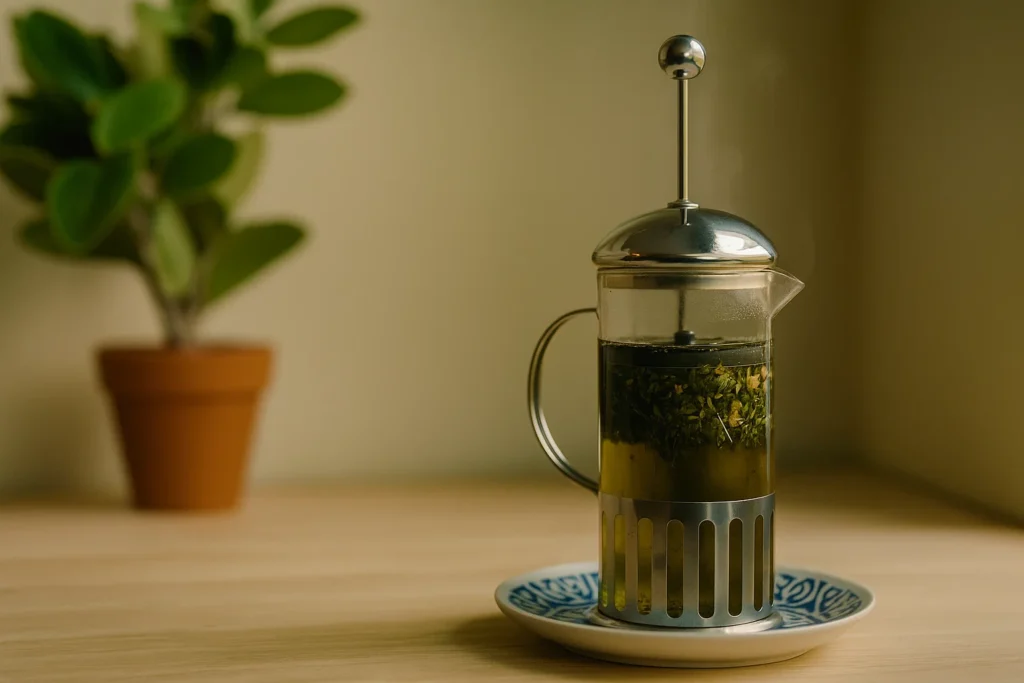
If you’ve got a French press or teapot at home, you already have what you need for a smooth, sediment-free mate experience.
Add 2–3 teaspoons of yerba mate per cup of hot water (around 80°C). Let it steep for 4–5 minutes, press down the filter, and pour.
It’s one of the cleanest ways to brew mate, and ideal for sharing – plus, it won’t require any special cleaning tools.
7. Mate latte or creative infusions
If you’re feeling experimental, yerba mate can easily cross into your café-style drinks. Mix brewed mate with warm milk or a plant-based alternative for a mate latte – earthy, mellow, and comforting.
You can also chill brewed mate and blend it with fruits or herbs for smoothies or iced mate mocktails. Try combinations like:
- mate + mint + strawberries
- mate + lemon + cucumber
- mate + orange + cinnamon
These variations make mate not just a drink, but a versatile base for healthy, energising blends.
Quick comparison
| STYLE | TEMPERATURE | TASTE PROFILE | EQUIPMENT NEEDED |
| Traditional | 70–80°C | Strong, earthy | Gourd, bombilla |
| Mate cocido | 80°C | Mild, smooth | Tea bag / infuser |
| Iced (tereré) | cold | Refreshing, herbal | Glass, ice |
| Capsules | hot | Concentrated | Capsule machine |
| Flavoured | variable | Sweet, aromatic | Gourd / teapot / glass |
| French press | 80°C | Clean, mellow | French press |
| Mate latte | hot or cold | Creamy, smooth | Milk frother / blender |
Why explore and try different way to drink mate
One of the joys of yerba mate is its flexibility. You can honour the traditional ritual one day and sip it like tea the next.
Each method brings out new notes and experiences – whether you crave focus, calm, or creativity.
And the best part? You don’t need expensive equipment to start. Just curiosity, a bit of yerba, and the willingness to explore.
👉 Check out our basic tools guide!
Coming soon on Teamatehub:
- Mate etiquette: how it’s shared and enjoyed in Argentina
- Best yerba mate blends for focus and study energy
Until then – sip your way, stay curious. 💚

